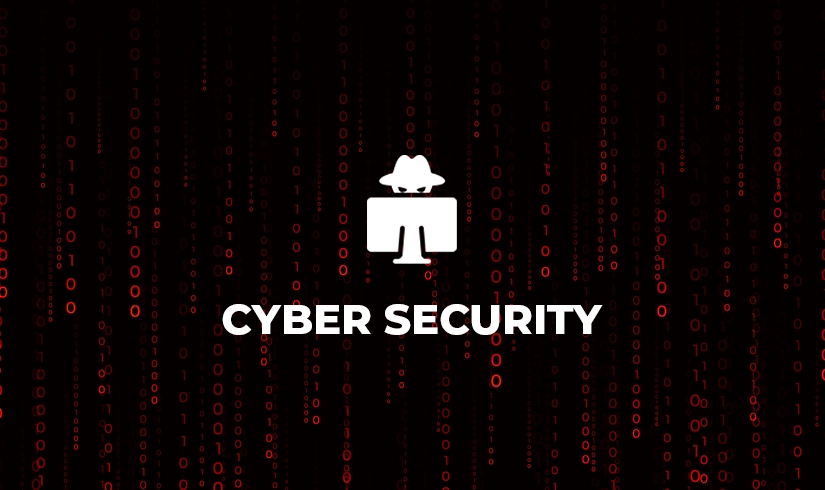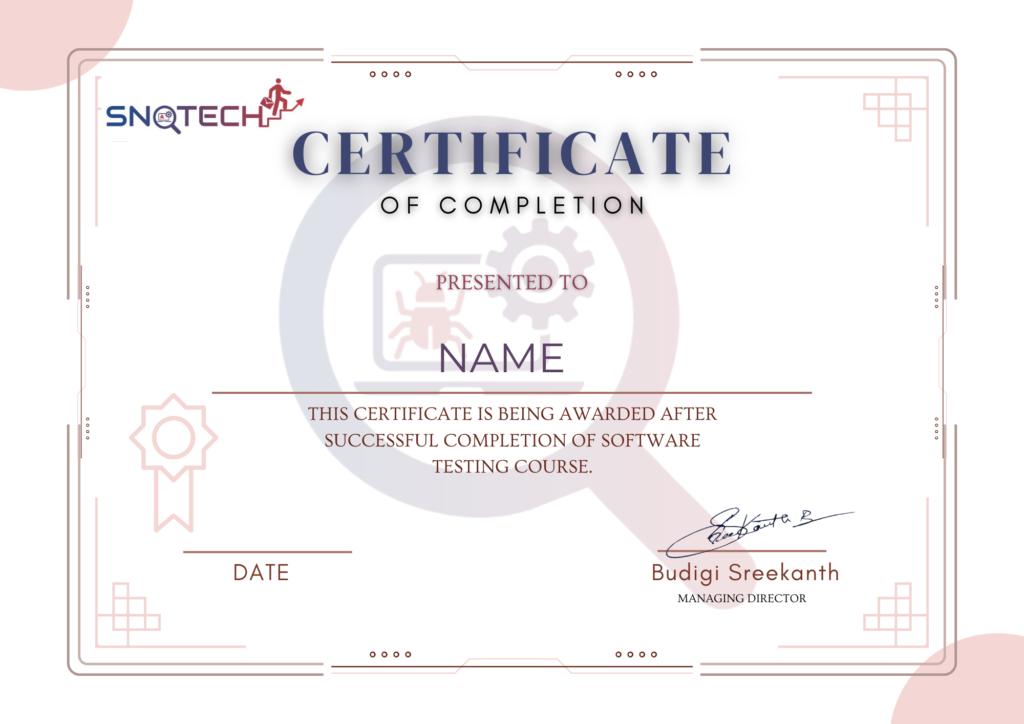Discover Your Future in Cyber Security with SNQTECH
Are you passionate about cybersecurity and eager to explore the world of digital security? Our comprehensive Cybersecurity Program is tailored to provide the skills and knowledge needed to thrive in the IT security field.
- Experienced Mentors
- Dedicated to Success
- Certificate of completion
- Accessible & Supportive




